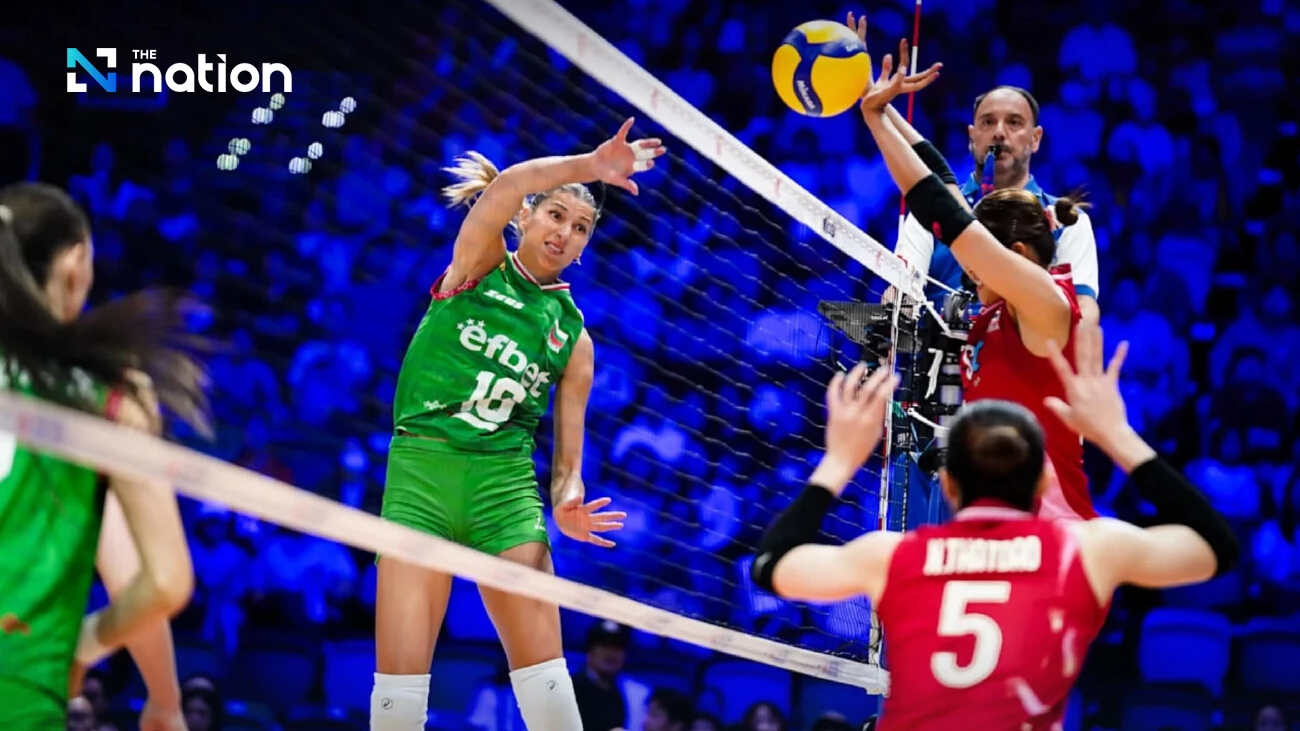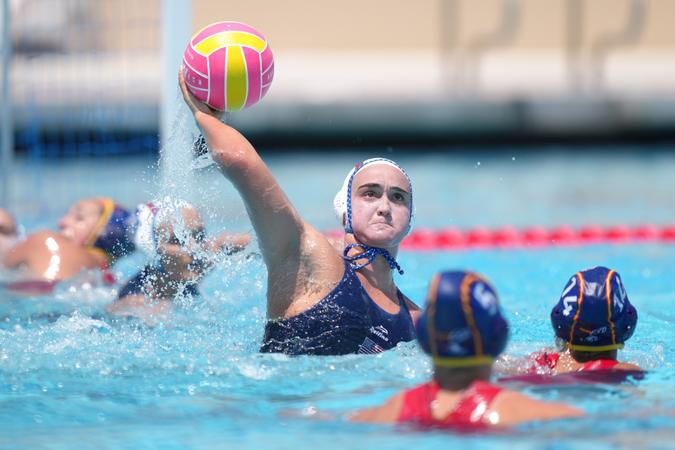The placid watercolours featured this month at the Gumboot Café in Roberts Creek may be a stylistic departure for professional cartoon character developer Matt Boismier, but there is one subtle feature in common: animation.
Cars trundle under the neon-lighted entrance of Granville Island. A pedestrian raises an umbrella in rain-slicked School Road. Bathers tiptoe into the azure waters of Hopkins Landing, while a diesel-powered leviathan steams sedately past Howe Sound promontories. Even a sleepy island scene (Savary Transport), which shows a bicycle at rest in an evergreen’s shade, hints that the two-wheeled conveyance dreams of takeoff.
Boismier — who works for the TV and movie animation industry under his sobriquet Tooninator, by engineering the characters for new productions — opened his home-based gallery to Art Crawl visitors for the first time last fall. (He and his wife moved from Kitsilano to Gibsons during the COVID diaspora.) He put his favourite works on display, depicting airliners under tow at YVR and tankers sighted from the Kits beach volleyball pitch. To his surprise, an unlikely subject attracted buyers, again and again: his brutalist portrayals of coastal ferries.
“No one’s looking at that going: ‘that’s beautiful,’” Boismier chuckled. “It’s industrial, it’s grey. But we all know it. We all know it very well, and there’s a lot of life around it. I just draw whatever and hope it sticks.”
In his Horseshoe Bay Bound, the car deck’s double doors open to reveal the approaching terminal. Pools of reflected light soften the vessel’s rust-accented interior. A ferry worker wearing incandescent safety gear meanders unhurriedly to his station.
“These [paintings] are just things that I was interested in and that I thought were challenging to capture or to evoke a certain emotion, so that’s why I painted them,” Boismier said. “They weren’t meant to be masterpieces because when I do that, the life kind of goes by the wayside, and it’s sad.”
Last Friday he competed in the Kube gallery’s high-spirited art battle, scoring a victory in one of the timed competition’s frenetic rounds by wielding spray cans to fashion a fast-paced creation.
Boismier grew up in Ontario drawing freelance portraits and caricatures — even while working at Canada’s Wonderland, a Toronto-area theme park. He competed as a member of the International Society of Caricature Artists. “Animation is such a good background for bringing life and storytelling to anything,” he observed.
While American comics are usually fixated on superheroes, he notes that in other graphic novel traditions — in France and Japan, for example — artists employ different ways of creating compelling scenarios. With such sophisticated influences shaping the industry, he laments the fact that high-achieving animated films are still relegated by the Academy Awards to a sandboxed category instead of being considered for Best Picture.
After a day of guiding designers and tending to the demands of producers, Boismier typically puts his newborn to sleep around 8:30 p.m. then paints until 2 a.m. He’s fascinated with the play of light in everyday locations — including the local service station that he depicts in Wilson Creek Ice Bin. During a recent visit to New York, he ran to the end of the block, saw an angle he liked, and pulled his omnipresent sketchbook from his pocket. “I’m obsessed,” he admitted. “I love it, and I just want to draw or paint all the time.”
Boismier credits the supportive arts community on the Sunshine Coast. During his decade in Vancouver, he was unsure how to build a local network. “I wouldn’t even know where to begin,” he said. Since coming to the Coast in 2021, he’s become a fixture of the Drink + Doodle gatherings at the Tapworks Brewing Company, and will show his work again during this fall’s Art Crawl. “I think the Sunshine Coast is just a little more chill,” he said.
Life in Watercolour by Matt Boismier remains on display at the Gumboot Café in Roberts Creek until the end of June.
































































